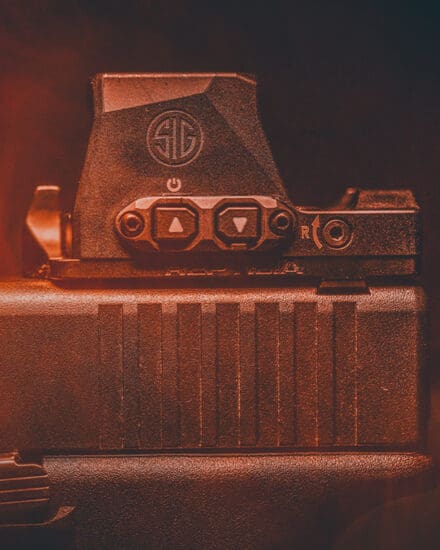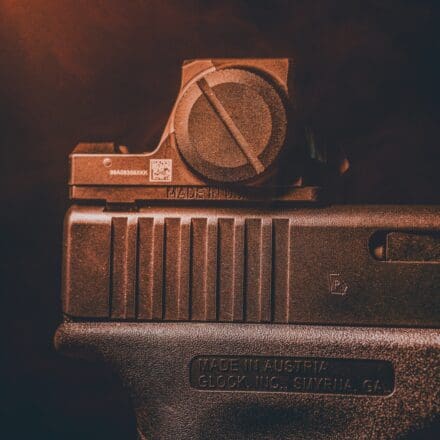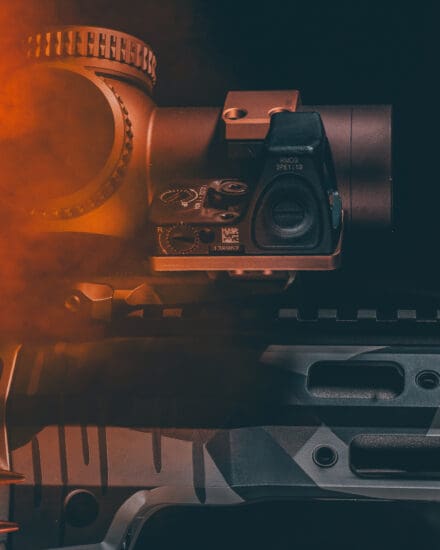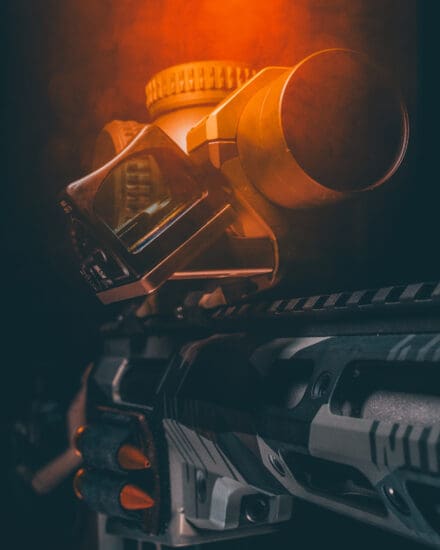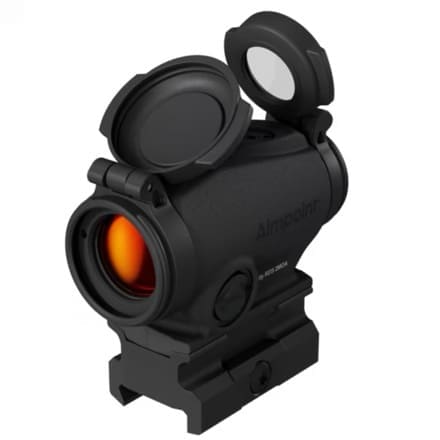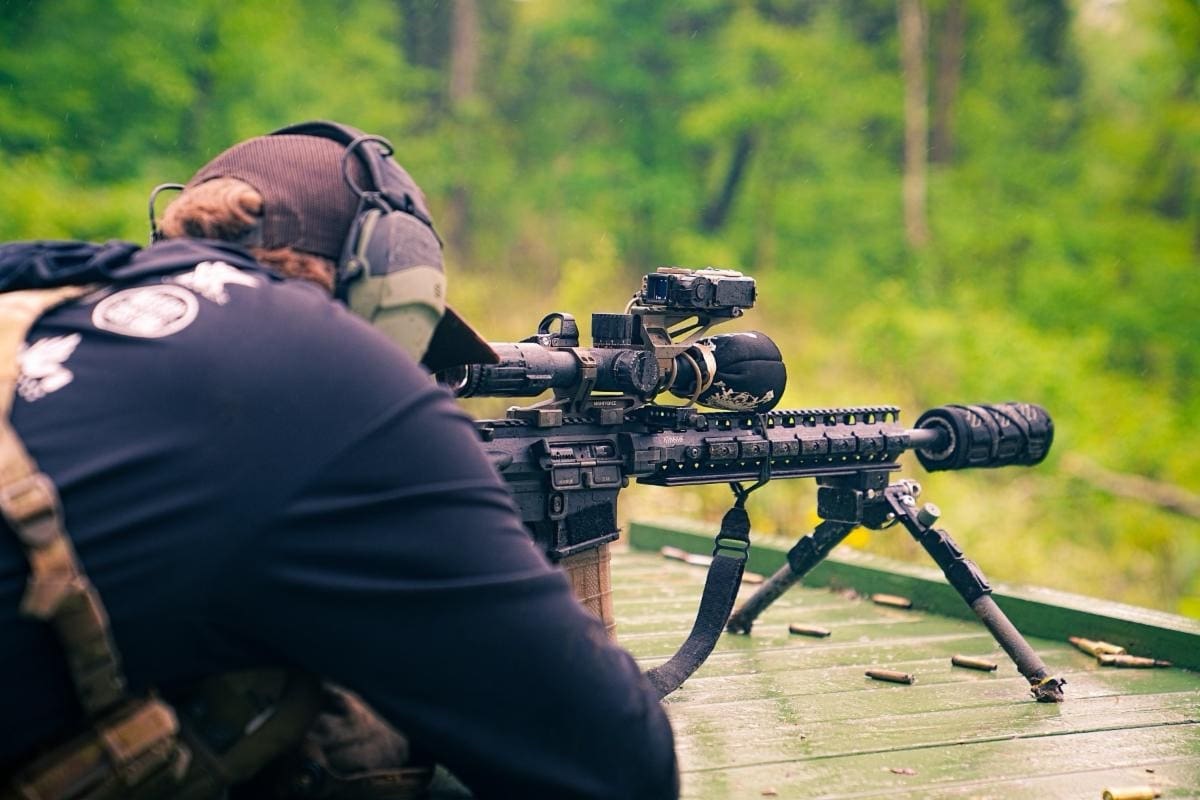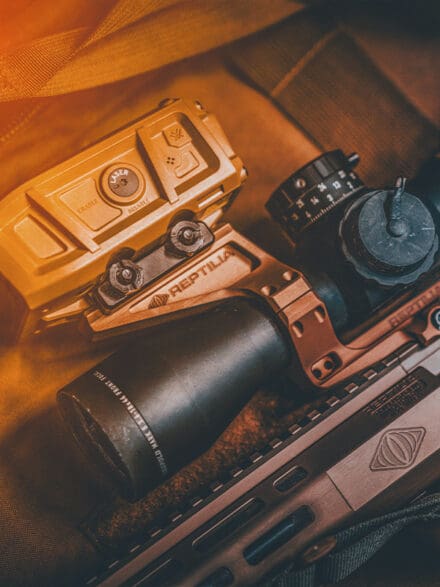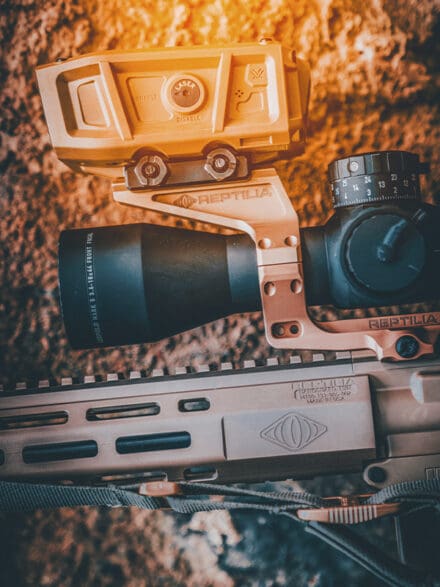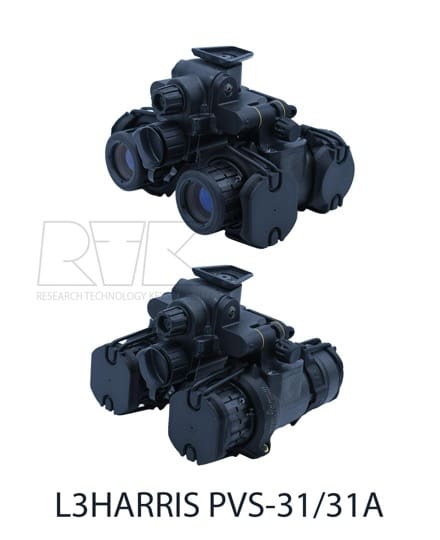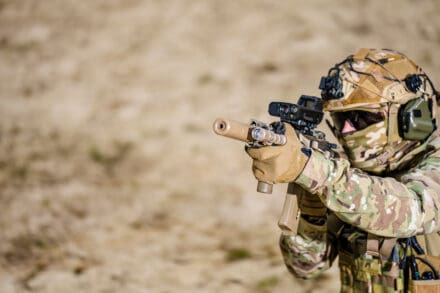1-10x LPVOs promised to be the ultimate solution—but most came up short.
Washed-out glass at max magnification, distorted fishbowl views at 1x, and reticles overloaded with noise left shooters compromising where it counts. The Trace ED 1-10×24 FFPchanges that. With ED glass clarity, true first focal plane performance, and rock-solid durability, it’s built to deliver—without the trade-offs.
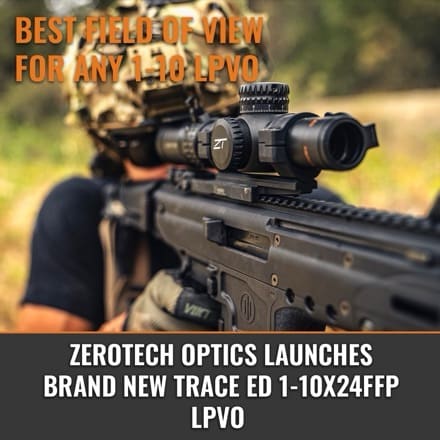
Why 1-10x Is the New “Do-It-All” Sweet Spot
Across the shooting world, 1-10x LPVOs have become the ultimate utility players. These optics are replacing standardhunting scopes, red dots, and even mid-tier tactical glass. Why? Because they deliver both ends of the spectrum—CQB speed and precision at distance.
ZeroTech’s Trace ED doesn’t just enter this category. It resets the bar.
While others pack in features to justify a bloated price tag, ZeroTech put performance first. The result? A scope with best-in-class field of view, razor-sharp ED glass, and a true FFP reticle that works from 1x to 10x—not just on spec sheets, but in real-world use.
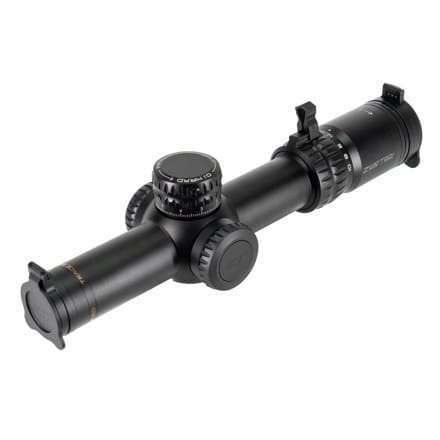
The RMG-L Reticle: Built for the Field, Not the Bench
Reticle clutter is a growing problem in modern LPVOs. Many try to cram in long-range features that add confusion, not capability. ZeroTech’s RMG-L reticle avoids the trap.
At 1x, it acts like a clean, intuitive red dot—fast and uncluttered. Dial it up, and a refined Christmas tree structure emerges, delivering precision holdovers without overwhelming your sight picture. Fast at 1x, surgical at 10x, and never in the way.
No Detail Overlooked
The Trace ED 1-10×24 FFP brings premium features other scopes reserve for double the price:
• Pop-Lock Elevation Turrets with Zero Stop – Dial with confidence. Return to zero without thought.
• Toolless, Built-In Aluminum Flip Caps – Integrated, tensioned, and durable. No more cracked plastic covers.
• Digital Illumination Control – Daylight-bright. Simple. Reliable.
• 34mm Aircraft-Grade Tube – With 34 MRAD of elevation travel and battle-ready durability.
Performance Where It Counts
• Field of View @100y: 117.3 ft at 1x – Class-leading awareness.
• Weight: 25.64 oz – Balanced and rugged without tipping the scale.
• Eye Relief: 3.7″ – Consistent and forgiving throughout the range.
• ED Glass with Weathershield Coating – Crisp visibility, rain or shine.
Put it side by side with scopes twice the price. The Trace EDdoesn’t just compete—it dominates. You’ll question why you ever paid more.
What Comes Next?
This is just the beginning.
The Trace ED 1-10×24 FFP (#TRED11024F-IR) is the first in a new premium family from ZeroTech—designed for shooters who demand more without spending more. With additional models on the way, this lineup will continue to deliver unmatched value and elite performance for real-world applications.
No fluff. No bloat. Just precision, versatility, and value—engineered by shooters, for shooters.
Welcome to the new standard.
www.zerotechoptics.com
